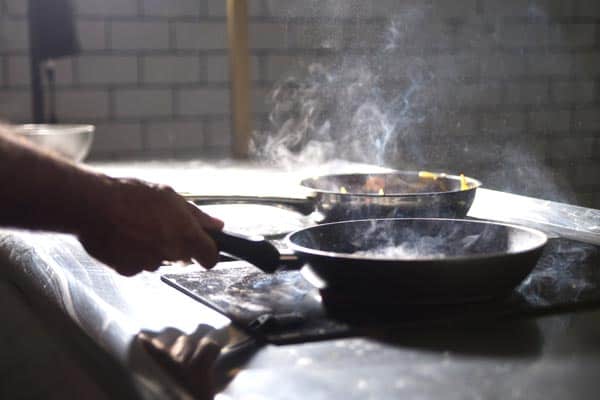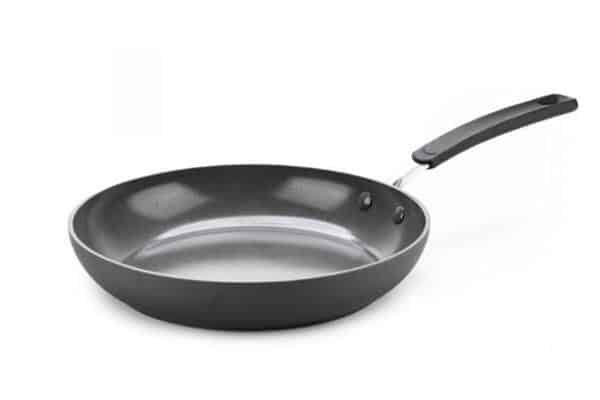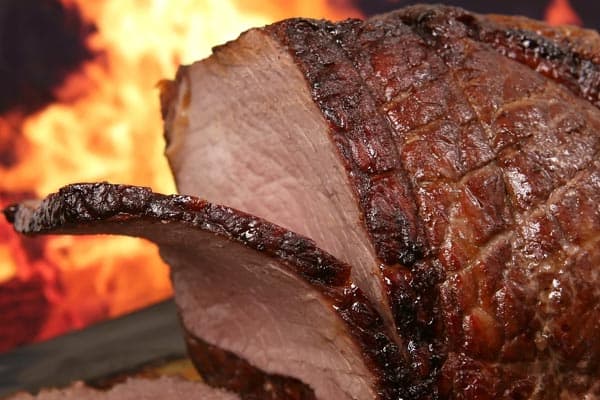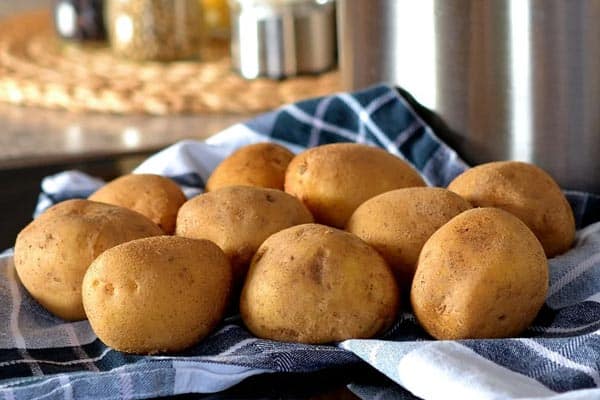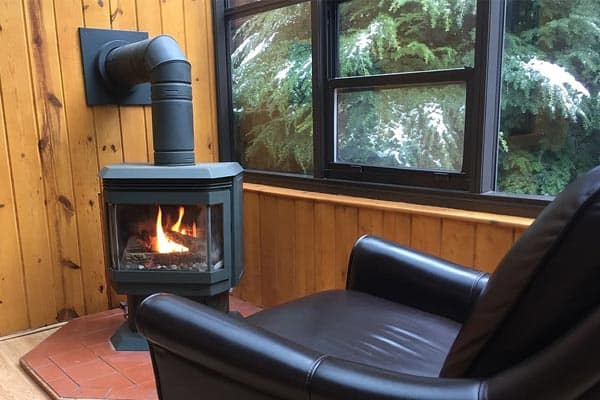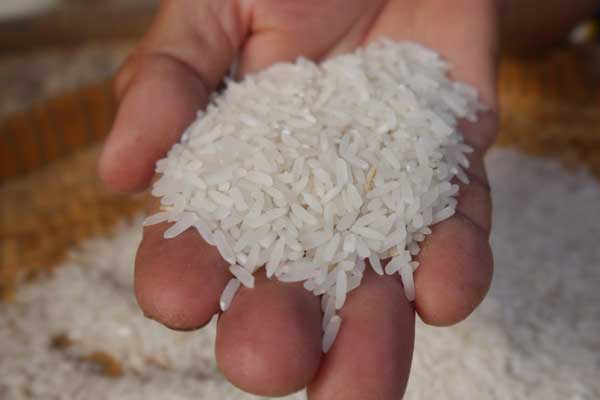Granite Cookware: What Are The Pros and Cons?
Granite cookware has quickly become the rage in kitchens all over the world. But are they a better choice for you compared to other types of cookware? To make a decision, you’ll first need to understand the pros and cons that come with granite cookware.
Granite cookware helps make your cooking faster and easier because they’re lightweight and easy to clean. Plus, they’re also pleasing to the eyes, thanks to their granite-like appearance. Sadly, they’re also very delicate and can damage easily. That’s why you can only use non-metal utensils when cooking with them. Also, despite being somewhat non-stick, they’re not as good as Teflon and other coatings or surfaces.
In this article, we’re going to take a deep dive into the benefits and drawbacks offered by granite cookware. That way, you’ll be able to make a well-informed decision on whether or not to buy them for your kitchen.
Let’s get started.
What Is Granite Cookware?
The term ‘granite cookware’ refers to any cookware with carbon steel, aluminum alloy, or stainless steel cores coated with porcelain enamel or glass. That term covers cookware in all shapes and forms, including pots, pans, and anything else that you can use to cook food.
What many people don’t realize is that ‘granite cookware’ is a misnomer. The pots and pans aren’t made of granite stone, but they get that name from their appearance. That’s because the surface of this type of cookware looks speckled or mottled, much like granite.
However, no part of the cookware is made of stone. Technically, a more accurate label would be ‘enamelware’ because of the coating used on these pots and pans.
Still, granite cookware has become very popular all over the world. So popular, in fact, that you can find granite cookware at different quality levels, from expensive high-quality brands to cheap low-quality ones that don’t last very long.
The Pros Of Using Granite Cookware
Choosing granite cookware over more common types, like stainless steel or aluminum, comes with its fair share of pros and cons.
Let’s start by looking at the benefits that this type of kitchenware has to offer.
Cooks Faster
One of the top reasons why granite cookware has become so popular is that they help you cook meals much quicker. That’s because this type of kitchenware has a core consisting of materials like aluminum or carbon steel, both of which are very efficient at conducting heat.
Simply put, the better your kitchenware can conduct heat, the faster you can cook your meals. And granite cookware certainly stands among the best of them in this regard.
Good Aesthetics
Besides cooking faster, granite cookware is gorgeous to look at. Remember: this category of cookware earned its name from the granite-like appearance on its surface.
That appearance also makes granite pots and pans attractive to have in a kitchen, adding to the overall decor.
Anti-Rust Properties
First and foremost, granite cookware is known for being incredibly resistant to rust. So, if you invest in a high-quality granite frying pan, for instance, you can rest assured that it will still be useful many years later.
This ability to prevent rust puts granite cookware miles ahead of other kitchenware categories. Cast iron and similar materials, for instance, will rust very quickly unless they’re maintained very well.
Lightweight
Despite the high heat conductivity and stone-like appearance, granite cookware is incredibly lightweight. That’s an important quality to have when choosing cookware, as you’ll spend less energy carrying it around the kitchen.
On top of that, being lightweight also prevents damage to glass top stoves and any other fragile kitchen surfaces.
Easy To Clean
Of course, nobody wants to spend too much time or effort cleaning kitchenware after a long session of cooking. So that’s another area where granite cookware excels.
You see, the shiny and smooth surface of granite cookware also offers another significant benefit. It’s also effortless to clean, thanks to its natural non-stick qualities.
The Cons Of Using Granite Cookware
Of course, even granite cookware comes with its fair share of drawbacks. They include:
Usable With Non-Metal Utensils Only
When cooking with granite cookware, you can only use non-metal utensils. That’s because tools like metal spatulas could end up damaging the granite cookware’s coating. So, it’s best to use only wooden or plastic kitchen utensils when cooking with granite pots and pans.
You might even void the warranty on some brands of granite cookware if you use metal utensils with them. So, as mentioned earlier, stay on the safe side by using wooden or plastic utensils only.
Delicate Material
The steel or alloy core of granite cookware is undoubtedly solid, but the rest of it is very delicate. The enamel or glass coating, for instance, can chip quite easily if you do not handle it with great care. Dropping a granite pan on the ground or having something fall on it instead could cause significant damage.
With that in mind, granite cookware can be pretty risky to use in fast-paced kitchens or by people who aren’t very gentle with their kitchenware.
Doesn’t Retain Heat Efficiently
The steel or alloy core of graniteware does a fantastic job of conducting heat, which is why we mentioned earlier that it cooks faster. But, unfortunately, it’s a lot less effective at retaining heat because those cores tend to be relatively thin.
Heat retention is an essential quality in cookware that is very often overlooked. You see, cookware with high heat retention will require less energy to use overall. So even if you were to remove that pot or pan from the flame for a few brief moments, they’d still remain hot enough to continue cooking for longer.
That’s not the case with granite cookware. For example, if you take a granite frying pan off the flame for a brief moment, it’ll cool down very quickly. When you want to continue cooking with it on the flame, you’ll need to reheat it all over again.
Not Suitable For High-Temperature Cooking
At this point, we’ve mentioned that granite cookware is excellent at distributing heat but less so when it comes to retaining that heat. As a result of those two traits, granite cookware is also unsuitable for cooking at higher temperatures.
That can be a problem when it comes to certain kinds of cuisines. For instance, some Asian cuisines require a high amount of heat for cooking which granite cookware cannot provide.
Limited Non-Stick Qualities
Granite cookware does indeed have some non-stick qualities, and their manufacturers will be sure to remind you of that. However, it’s essential to understand that they simply aren’t as effective in this regard when compared to other alternatives like Teflon-coated cookware.
Having said that, this isn’t necessarily a dealbreaker. You could compensate for what it lacks and maximize the non-stick ability on granite cookware by adding a thin layer of oil.
Is It Safe To Cook With Granite Cookware?
Yes, granite cookware is generally safe to cook with. However, there are some health concerns regarding granite cookware that use PFOA and PTFE in their manufacturing.
Perfluorooctanoic Acid (PFOA) and polytetrafluoroethylene (PTFE) are man-made chemical coatings used on cookware to make them non-stick. A common brand name associated with these chemicals is Teflon which is known worldwide for being used to make non-stick pots and pans.
Firstly, it’s crucial to remember that there are plenty of different brands producing granite cookware. More importantly, they produce the cookware at very different quality levels and price points. Some of them might add PFOA and PTFE coatings to make the granite cookware more non-stick.
Unfortunately, PFOA and PTFE are known to have health risks. They’ve been linked to health conditions like thyroid disorders and liver disease, among many others. That’s why many buyers are wary of purchasing any non-stick cookware that uses those chemicals.
So, to repeat what was said earlier, granite cookware is perfectly safe to use as long as it doesn’t contain PFOA or PTFE. To be sure, read the label very carefully before purchasing any granite cookware.
How To Choose The Right Granite Cookware
By now, you might already know that there are plenty of brands offering granite cookware. So, how do you find the ones that are suitable for you? To do that, you’ll want to consider these things: materials, compatibility, handle style, and warranty coverage.
Let’s dive deeper into those qualities:
Materials: When choosing granite cookware, try to avoid those with PFOA or PTFE materials. As pointed out in the previous section, those materials pose health risks.
Compatibility: The granite cookware you choose must be compatible with the cooking methods you plan on using. If necessary, be sure to check that they’re compatible with glass cooktops, conduction stoves, or for use in ovens.
Handle Style: Just like with any other type of cookware, you’ll be much happier in the long run if you choose granite cookware with comfortable handles that are the correct size for your hands.
Warranty Coverage: A clear sign that you’re buying granite cookware from a reputable brand is the warranty coverage they provide. When you find a granite kitchen product with a good warranty, that tells you the manufacturer is confident that it’ll last for a long time.
Final Thoughts
When shopping for granite cookware, it can be tempting to choose cheaper alternatives. However, just bear in mind that you’re likely to miss out on the real benefits of granite cookware by doing that.
Besides that, cheaper versions are less likely to last a long time, so you’ll have to replace them eventually.
